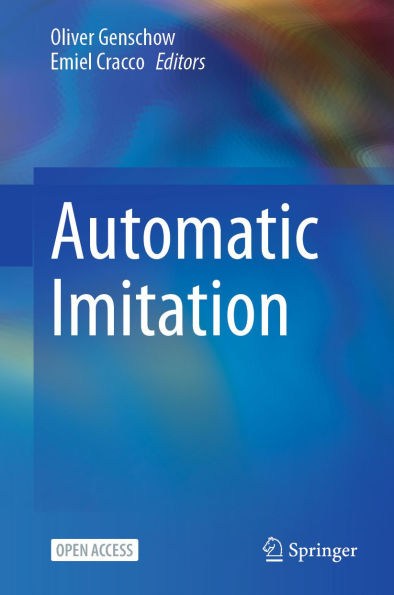People spontaneously imitate a wide range of different behaviors. The interest in this phenomenon dates back to at least the 18th century when Adam Smith (1759) argued that imitation can be seen as a primitive form of sympathy. Despite the longstanding interest, it was not until the 20th century that different research fields within psychology and neuroscience started empirically investigating this social phenomenon. This book brings together leading researchers from various domains to provide readers with a recent overview of developments in automatic imitation research.
This is an open access book.
People spontaneously imitate a wide range of different behaviors. The interest in this phenomenon dates back to at least the 18th century when Adam Smith (1759) argued that imitation can be seen as a primitive form of sympathy. Despite the longstanding interest, it was not until the 20th century that different research fields within psychology and neuroscience started empirically investigating this social phenomenon. This book brings together leading researchers from various domains to provide readers with a recent overview of developments in automatic imitation research.
This is an open access book.

Automatic Imitation

Automatic Imitation
Related collections and offers

Product Details
| ISBN-13: | 9783031626340 |
|---|---|
| Publisher: | Springer-Verlag New York, LLC |
| Publication date: | 11/11/2024 |
| Sold by: | Barnes & Noble |
| Format: | eBook |
| File size: | 8 MB |
